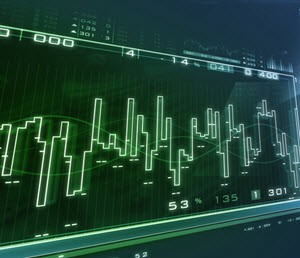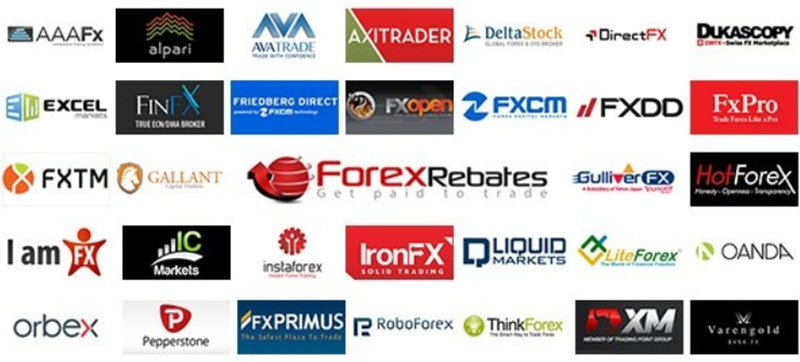 If you are carrying out leveraged forex trading, you are essentially borrowing money for forex speculation. The loan is typically provided by the broker that is handling your forex account.
If you are carrying out leveraged forex trading, you are essentially borrowing money for forex speculation. The loan is typically provided by the broker that is handling your forex account.
To allow you to carry out leveraged forex trading, the broker will require that you open a margin account.
The amount of leverage provided will vary, both between the different brokers and from one client to another. 50:1, 100:1 and 200:1 are all common ratios. The size of the position can also affect the available leverage. With many brokers, 200:1 leverage is only offered for positions of $50,000 or less.
Example
You deposit $1,000 into your margin account. The leverage provided is 100:1. You can now trade $100,000 of currency. In other words, the margin is 1%.

Why is my broker willing to lend me money?
Your broker is making money on each transaction you make. The more transactions you make, and the larger they are, the more money is earned by your broker. The broker will make money even on transactions where you lose money.
By lending you money, your broker is making it possible for you to carry out larger transactions.
It should be noted that leverage (margin trading) is not something that exists solely on the forex market. Stock brokers, options brokers and similar will often let their clients borrow money to carry out transactions. However, the forex market is famous for its exceptionally large loan ratio. It is not impossible to find a forex broker that will lend you $500 for each $1 you put into your margin account.
What’s the upside?
 For the trader, the upside of leverage in forex trading is the ability to make a profit without tying up a lot of capital. Even if you have $100,000 available it is often more beneficial to not tie them up in the forex market. Just put $1,000 into your margin account instead and use borrowed money for your forex trading.
For the trader, the upside of leverage in forex trading is the ability to make a profit without tying up a lot of capital. Even if you have $100,000 available it is often more beneficial to not tie them up in the forex market. Just put $1,000 into your margin account instead and use borrowed money for your forex trading.
Also, for those of us that do not have $100,000 laying around, leveraged forex trading makes it possible to make large gains without having a large capital to begin with.
Example
I have $25,000 available for forex trading. My broker says, that if I put $25,000 in my margin account I will be allowed to trade with $250,000.
Let’s assume I make a 1% profit on forex transaction. If I had limited myself to trading with my $25,000 I would have made a profit of $250. If I on the other hand traded with $250,000 instead, a 1% profit would have been $2,500.
What’s the downside?
Leverage in forex trading give you the potentional for great gains, but also for great losses. You risk losing more than what you have, since you are risking borrowed money. If you lose the borrowed money, you need to repay your stock broker anyway.
Since leveraged forex trading is risky, skilled traders will typically employ stop orders and limit orders and generally adhere to a strict trading style.
Many brokers will even have a security feature built into the trade platform that causes your leveraged positions to be closed automatically if you lose more than a certain percentage. Exactly where this line is drawn varies, but right under 50 percent of the trader’s account balance is a common spot.
Although this might sound like a great safety feature, it can be problematic for the trader. You no longer have full control over your positions and the platform can close your positions in a situation where you would have preferred to just ride out the storm.
Last but not least, we would like to point out that you do not have to use the full leverage. Even if your broker is offering you a 200:1 leverage, you can elect to only use a 1:1 leverage or 10:1 leverage or anywhere else below 200:1.
